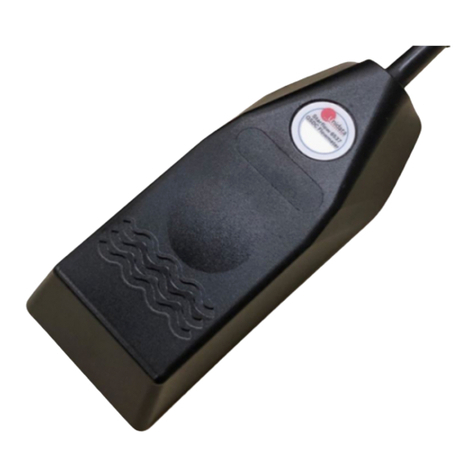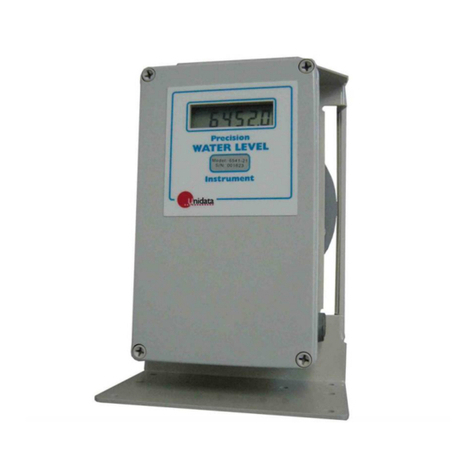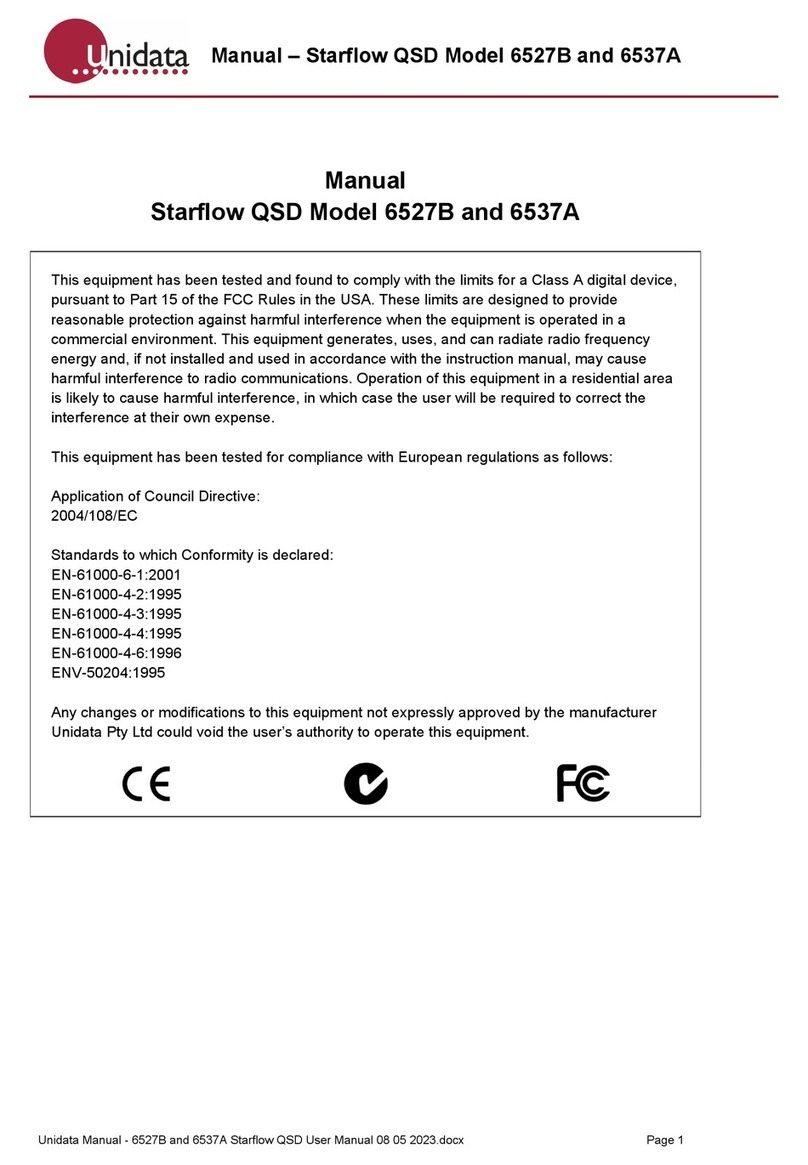
3 EVAPORATION MONITORING TECHNIQUES
Evapo-transpiration is the endless cycle of moisture returning to the
atmosphere to condense and fall again as rainfall. Evaporation occurs from
soil and water surfaces, and transpiration from vegetation. The energy that
drives the process comes from solar and terrestrial radiation. The rate is
influenced by a complex interaction of many factors including the
topography, geology and botany of the area, the moisture content of the soil,
the moisture availability to vegetation and the local weather. As many of
these factors vary throughout each day, and with the seasons, the rates are
continually changing at any given site. Evapo-transpiration is too complex to
measure directly.
An evaporation pan is a practical way to measure the loss of water from a
small water surface. This is not a real measurement of any part of the natural
evapo-transpiration process. Evaporation rates from lakes, soil surfaces and
vegetation will be different from a pan.
Historically, many different shapes of evaporation pan and methods of
installation have been used. Different designs produce unique results. If data
from one pan is to be compared with another, both pans must be the same. To
allow the standardisation of data and research across different sites and
countries, the World Meteorological Organisation (WMO) recommends the
use of the United States Class A pan as a general-purpose network
instrument. This type of pan is widely used in many countries.
The UNIDATA evaporation pan conforms to the dimensions of the
US Class A pan.
Networks of US Class A evaporation pans are operated by many
organisations in many countries. The records can extend back for 50 years or
more. This data is typically a daily reading of the total evaporation. This is
measured manually by an observer visiting the site at the same time each day
and reading the total loss (or gain) in the pan water level, and adjusting for
the rainfall. The pan water level is then reset to the operating level.
The UNIDATA evaporation system with level control is designed to simulate
this daily operation.This will produce data comparable with a manual pan.
Automatic Evaporation System
EVAPORATION MONITORING TECHNIQUES 11
3.1 Using Evaporation Pan Data
The daily total evaporation can vary from 0 on a cool and misty day, to more
than 25mm on a hot, dry and windy day. Care must be taken in extrapolating
the pan evaporation data to other sites or to estimating losses from natural
water bodies. For instance studies indicate that lake evaporation varies
between 75% and 100% of pan evaporation, depending on location and
climatic conditions.
If there is a manual evaporation site in your region with a long history of
evaporation data, it is often possible to develop a relationship between the
monthly and annual evaporation at the two sites. With a reliable correlation
based on several years of data, you can theoretically extend the period of data
from your site back in time, using the historic data.
The pan data from your site can be used to estimate some aspects of nearby
evapo-transpiration only if the relationships are known or can be estimated.
These relationships can only be measured by controlled experiments. Much
research has been completed using US Class A pan data to estimate lake
evaporation, soil evaporation and local evapo-transpiration. Several different
formulae and models have been developed to compute the potential
evaporation, based on solar radiation and weather data. Experienced
hydrologists can frequently determine reasonable relationships between pan
evaporation and lake and soil evaporation from nearby areas of interest. Pan
evaporation is then the simplest way to carry out the basic long-term
monitoring. Some additional soil moisture and weather data may be required
for evapo-transpiration monitoring.
3.2 Some Sources Of Errors In Evaporation Pans
3.2.1 Systemic Errors
Bird guards are required at many sites, to stop animals drinking the water
and to keep out wind blown debris. These guards reduce the recorded
evaporation by about 10%-12% because the mesh and frame partially shades
the water surface, reduces the airflow, and intercepts some rainfall.
UNIDATA recommends that measured evaporation data should be increased
by 10% if a bird guard is used.
Water quality has a minor effect. Seawater evaporates 2% to 3% less than
fresh water. Turbidity has no apparent effect.
UNIDATA
12 EVAPORATION MONITORING TECHNIQUES






























